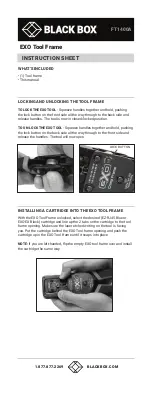
- The helmet should not rotate nor move on the head and should not slide off. Should
the contrary happen, adjust strap length or change helmet size. Repeat test.
Retention System:
- The retention system (strap) is factory-adjusted at a standard length. Before use,
check that it is correctly pre-adjusted.
- Make sure the strap is properly fastened and tightened so as to keep the helmet firm-
ly in place. Anyway, before riding, make sure that the strap is well fastened under the
chin, as close as possible to the throat, but without being uncomfortable.
- The correct strap tension should allow normal breathing and swallowing, but without
leaving the space of a finger between strap and throat.
-
Attention:
the button which may be present on the strap only prevents its end from
flapping once the strap has been fastened properly.
•
VISOR:
- If the visor is damaged or deeply scratched causing reduced visibility, this means that
the protective treatment is probably damaged so the visor is to be replaced.
- Do not paint nor apply stickers.
- The visor can be used only for the intended helmet model.
•
MAINTENANCE AND CLEANING
- Damage resulting from accidental fall may not be visible; helmets, which received
violent impacts, are to be replaced.
-
Attention:
Helmet and visor may be seriously damaged by some common substances
without the damage being however visible. Use only lukewarm water and mild soap to
clean helmet and visor, and then let them dry at room temperature away from sunrays
and/or heat sources.
-
Attention:
Never use petrol, thinner, benzene, solvents nor other chemicals which may:
• Irreparably damage the helmet
• Modify optical properties, reduce mechanical ones and weaken the visor protective
treatment.
Fig. A
9
ENGL
ISH
Summary of Contents for X-802
Page 50: ...50...
Page 51: ...51 E v...
Page 52: ...52...
Page 53: ...53...
Page 54: ...54...
Page 55: ...55 Wind Protector 1 EPS 9 4 Breath Deflector 10 ASD 11 12...
Page 56: ...B1 B2 B1 B2 A1 B2 B1 A2 Fig 2 Fig 3 Fig 1 Fig B Fig C Fig A...
Page 57: ...Fig 5 Fig 4...
Page 58: ...Fig 6 Fig 8 Fig 7 MIN MAX...
Page 59: ...Fig 9 Fig 10 Fig 11 Fig 12...










































